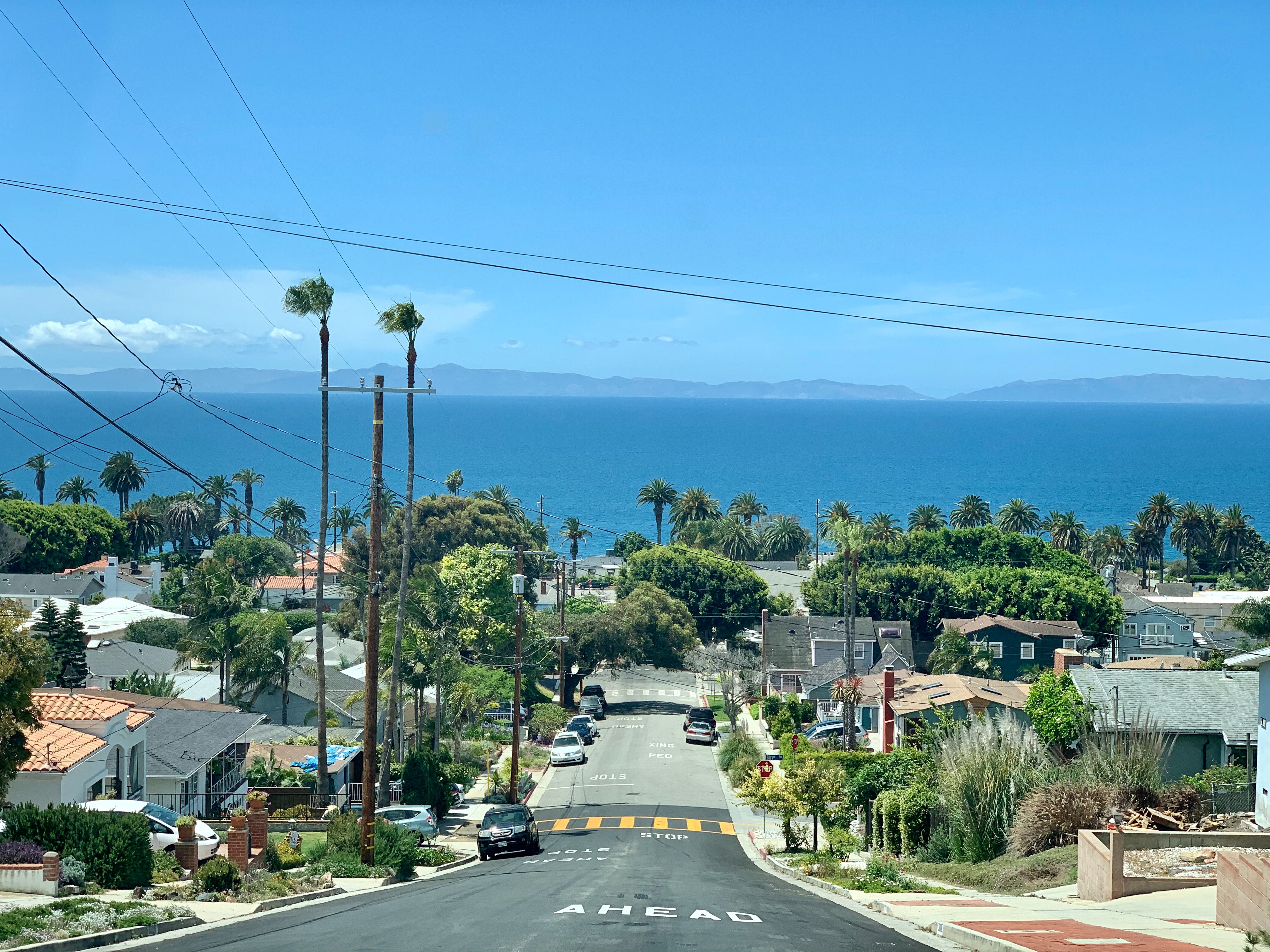What is Mello-Roos?

Depending on who you ask, Mello-Roos is one of two things … 1) an important tool California communities can use to serve their residents better, or 2) an unwanted tax that you have to pay but your friends across town don’t.
However you feel about it, it’s important for California property-buyers to understand what Mello-Roos is, whether or not it applies to you, and what to expect if it does.
What is the Mello-Roos Community Facilities Act of 1982?
In 1978 California voters passed Proposition 13, which amended the California constitution to lower property taxes and cap annual property tax increases.
It’s easy to understand why Californians liked this proposition — who doesn’t like lower property taxes? But those taxes do serve a function — they fund public projects, including infrastructure and community development projects. It was a classic case of people wanting to live in nice communities, but not wanting to pay for it.
In the wake of the amendment, State Senator Henry Mello and State Assemblyman Mike Roos authored a bill to create an alternative mechanism to raise funds for these projects — ones that could be established on a local level with community support and involvement. The resulting Mello-Roos Community Facilities Act was passed by the California State Legislature and signed into law in 1982.
What Does the Mello-Roos Community Facilities Act of 1982 Do?
So what did this law provide for? It enabled developers and municipal governments to establish “Community Facilities Districts” (CFD). Any city, county, joint powers authority, or school district can move to establish a CFD. If two-thirds of the residents approve it, the CFD comes into being. The result — not every district or municipality in California is organized into a CFD.
What makes a CFD different from a non-CFD? A CFD is authorized to raise funds, by various means, for specific projects. This could include street restoration and beautification, school improvement, funding public services like police and fire brigades, construction or expansion of community facilities … basically anything a community might want to do to improve the quality of life of its residents when they leave their own homes.
Of course, this means that the CFD can levy special taxes on its residents, which show up as extra charges in the property tax bill. But there’s an upside — the residents know exactly what they are being taxed for, and their tax dollars stay in their community, where they can see the impact and hold their local leaders accountable for its deployment.
How Do CFDs Use Mello-Roos to Raise Funds?
CFDs under Mello-Roos have several fundraising options. They can fund projects on a “pay-as-you-go” basis, taxing residents and using those taxes to directly finance projects.
However, it is much more common for a CFD to use its authority under the Mello-Roos Act to issue municipal bonds, which can then be sold competitively to bond investors as a debt obligation to the CFD. These bonds typically have 20-30 year terms, and the interest may be fixed-rate or variable-rate.
Proceeds from the sale of the bonds go to fund the public-works projects specified by the CFD. The CFD then levies special taxes against residents and property owners within the CFD to service the principal and interest on the bonds.
Implications of Mello-Roos for People Who Live in Them
If you’re the kind of person who loves beautiful communities with well-funded services and facilities, you may be perfectly happy living in a Mello-Roos CFD … in principle.
The downside is that you may face taxes that your neighbors outside the CFD don’t. Mello-Roos taxes are usually less than 2% of the assessed value of the property, but given the cost of California property, it adds up. Mello-Roos taxes can be increased by a maximum of 2-4% per year. CFDs also reserve the right to lower Mello-Roos taxes if their revenue needs are fulfilled.
However you feel about Mello-Roos, it’s important to know if you are moving into a CFD. Otherwise, you could get hit with unexpected tax liabilities, and a home you thought was in your price range could actually be a trap, spiking into realms of expense you can’t afford.
Also, note well — if you don’t pay taxes levied by your CFD, the Mello-Roos act does authorize the CFD to put a tax lien on your property and even foreclose. So don’t think of CFD taxes as “optional” — the consequences for skipping them are just as dire as the consequences for skipping on your property taxes.
Many Mello-Roos CFDs are not permanent. Most CFDs expire in 15-20 years, but some can last as long as 40 years. Others can be permanent.
How Do You Find Out if a Property Has Mello-Roos?
Discovering whether or not you will be liable for taxation under the Mello-Roos Act could take some digging. Remember, not every California home is in a CFD.
As a general rule, though, if you want to narrow your home search, remember this rule of thumb — if the home was built before 1990, it is unlikely to have Mello-Roos CFD liability.
Homes built after 2000 usually do have Mello-Roos. So do most gated communities with HOAs.
So how do you find out? If the community or development has a website, it may mention its Mello-Roos status. This may be the best choice for buyers into new-build communities. Consider asking the developer. Note that the developer may have paid several years’ worth of Mello-Roos obligations for you.
For resale homes, you can usually discover Mello-Roos taxes by inspecting the property tax bill. They are a matter of public record and itemize the different taxes. Look for an item on the tax bill labeled “Mello-Roos.”
You can use the tax bill to calculate your Mello-Roos tax rate. Simply divide the Mello-Roos tax liability by the assessed value of the property, listed on the tax bill. Remember that Mello-Roos taxes can be raised slightly every year.
If you really want to plan for the future, reach out to the city, county, or district clerk to find out when your Mello-Roos CFD was established, and when it expires. If you’re lucky, your Mello-Roos taxes could disappear within a few years if the CFD expires.
———————————————————————————————————
Mello-Roos can be an extra burden to homeowners — but also a benefit to the community, including the homeowners paying the taxes. Before you purchase a home in California, make sure to do your research. Find out whether or not it sits in a Mello-Roos CFD, so you can budget for the extra expenses and make an informed decision.
SnapNHD makes it easy for you to look up potential Mello-Roos taxes and property taxes. Use our Mello-Roos search or property tax search to accurately estimate how much you will be required to pay in taxes.
View our Free Tax Estimator: https://www.snapnhd.com/tax-estimator

